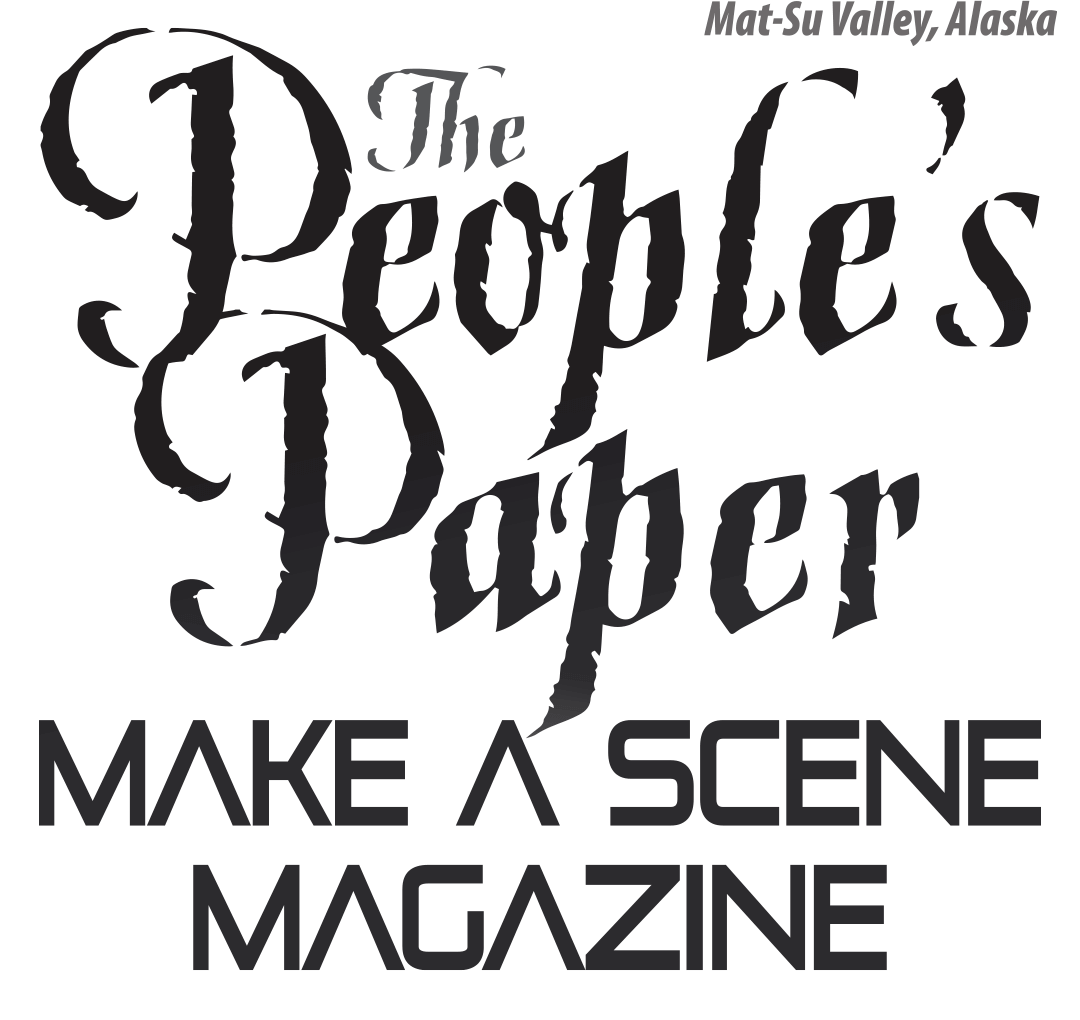Contributed by Richard Estelle, Palmer Museum of History & Art
The most common barn design in our part of Alaska is that associated with the Matanuska Colony project and has become a symbol of agriculture throughout the Valley. While four or five Colonist farmers constructed their barns of the rounded “barrel vault” roof design, most of the over two hundred Colonists chose the highly recognizable design that we now often refer to as the “Colony Barn” style.
Over the years, as land ownership changed and farming practices evolved, many of the barns were no longer actively used and their maintenance was neglected. Consequently, winter winds stripped away protecting roofing paper, allowing rain to invade and cause structural timbers to weaken. Untreated logs of the foundations and ground floor crumbled from rot and were not replaced. Accidental fires consumed some and others have been intentionally torn down. Consequently, many of the iconic barns have collapsed and disappeared.
However, numerous barns in the Valley have been moved from farms where they were no longer needed or wanted, to a different farm or location where they have been restored and placed back in useful service. Our photo this month features one such barn with developing plans to move it from its original Colony farm to another original Colony farm where it will be preserved and placed back in use.
The photo shows portions of three Matanuska Colony farms as seen in the fall of 1939. In the foreground is the farmstead of Clarence and Alice Sjodin (pronounced “Shodeen”) on tract 98, with their field of harvested hay. The hay has been raked into windrows and near the house we can see work has begun placing the gathered hay into haystacks to dry. Across what is now Scott Road to the right, are the house and outbuildings of Claude and Helen Hesse on tract 101, and beyond the Sjodin barn can be seen the barn of Virgil and Lillian Eckert on tract 100.
The Sjodins used their first summer here, 1935, to clear land for planting and build their log house, seen in the center of the photo. Their typical Colony barn, at left in the photo, was probably built the following summer.
At the same time, another Colony family was establishing their new farm a short distance south of Palmer. Ray and Edna Rebarchek were clearing trees from their selected tract #52 and building their log house. Their barn, almost identical to Sjodins’, was likely also going up in 1936.
The Rebarchek’s established a Grade A dairy enterprise, of which their barn was an integral part. When fire destroyed their original barn, Rebarcheks acquired a duplicate barn from a nearby farm and moved it to replace the one he lost.
Many years later, when the family no longer worked the farm, the replacement barn was sold and moved away, and the property was sold to the adjacent Alaska State Fair. Rather than turn the land into a typical carnival venue or back lot storage, the Fair set out to establish a unique agriculture-based park that would preserve the buildings of the original Colony farmstead and make the farmland available for agriculture-based education, demonstrations, and other uses. Programs will support youth groups including Future Farmers of America and 4-H.
Part of the objective of preserving and restoring the farm buildings of the Rebarchek Agricultural Park is to maintain structures representative of those commonly found on Colony farmsteads to help visitors better understand the living and working situation of Colony families. Until recently that objective was challenged by having a farmstead that lacked the very heart of the Colony farm - the barn.
However, the original Sjodin Colony barn (of the same design as the previous Rebarchek barns) has now become available to be moved to take its central place on the Rebarchek Agricultural Park. Numerous hurdles have yet to be overcome to make it happen, but fund-raising efforts will soon be underway, and volunteers will be working hard to make the move happen this summer. If successful, one more iconic symbol will be saved to stand tall as a representative of a unique social experiment and a reminder of an important part of our Matanuska Valley heritage.
For more information on how to become involved or contribute to this unique preservation effort, you may contact LaMarr Anderson at 232-5082.

